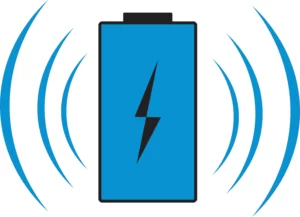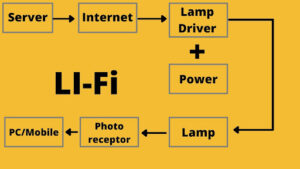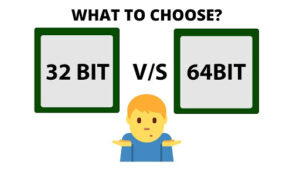HOW DO TOUCH SCREENS WORK
In the last couple of years, the smartphone
industry had just burst out with some unique features. Some of them have a triple
or quad camera setup, a pop-up front camera, and a 21:9 screen ratio etc.,
do you know that the major part of a smartphone is its screen or the touchpad? Because if the touchpad stops working, you will do nothing with the
screen. When you hold a new phone you should know something revolutionary
is in your hand. So, as a smartphone’s screen is so important, we
should know how the screen works.
industry had just burst out with some unique features. Some of them have a triple
or quad camera setup, a pop-up front camera, and a 21:9 screen ratio etc.,
do you know that the major part of a smartphone is its screen or the touchpad? Because if the touchpad stops working, you will do nothing with the
screen. When you hold a new phone you should know something revolutionary
is in your hand. So, as a smartphone’s screen is so important, we
should know how the screen works.
If we
look deeply at the technology of the touch screen we can observe that three technologies are used in it.
look deeply at the technology of the touch screen we can observe that three technologies are used in it.
(i) Toughened
Glass
Glass
(ii)
Capacitive Touchscreen
Capacitive Touchscreen
(iii)
OLED / LCD Display
OLED / LCD Display
These technologies are
placed together on top of each other. There are some layers in a touchscreen display.
placed together on top of each other. There are some layers in a touchscreen display.
(i) On the top, there is a glass protector. But it is not ordinary glass. It is much stronger than normal glass. Think how many times you dropped your phone from
your hand, but every time it does not break. It only breaks if it falls in its
breaking position. The previous days before the launch of the iPhone, the companies
used plastic instead of glass. Although plastic does not shatter, it is easily scratched.
your hand, but every time it does not break. It only breaks if it falls in its
breaking position. The previous days before the launch of the iPhone, the companies
used plastic instead of glass. Although plastic does not shatter, it is easily scratched.
(II) Beneath the safeguarded glass lies a projected capacitive touch display that can detect the existence and placement of conductive substances, such as your finger. This touch screen is composed of two
transparent diamond grid patterns, printed on polyester within an optically clean
insulator in the middle. The diamond grid patterns printed the transparent
material called Indium Tin Oxide which accesses a conductor. This touch screen
can also capture single or multiple touchpoints of your finger.
transparent diamond grid patterns, printed on polyester within an optically clean
insulator in the middle. The diamond grid patterns printed the transparent
material called Indium Tin Oxide which accesses a conductor. This touch screen
can also capture single or multiple touchpoints of your finger.
(iii) Bellow that
there is a display which is called LCD or LED or OLED technology. There are
millions of individual pixels in a display. The pixels are made up of three
different lights, that is RED, GREEN, and BLUE. The display generates a high-quality image when we see it on the screen of a smartphone. Current smartphones
can have up to 4 Million of these small pixels embedded in the little 6 or 7-inch display. In an OLED display there. That means there are about 12 million
microscopic, individual-controlled, dimmable RGB lights in your hand.
there is a display which is called LCD or LED or OLED technology. There are
millions of individual pixels in a display. The pixels are made up of three
different lights, that is RED, GREEN, and BLUE. The display generates a high-quality image when we see it on the screen of a smartphone. Current smartphones
can have up to 4 Million of these small pixels embedded in the little 6 or 7-inch display. In an OLED display there. That means there are about 12 million
microscopic, individual-controlled, dimmable RGB lights in your hand.





